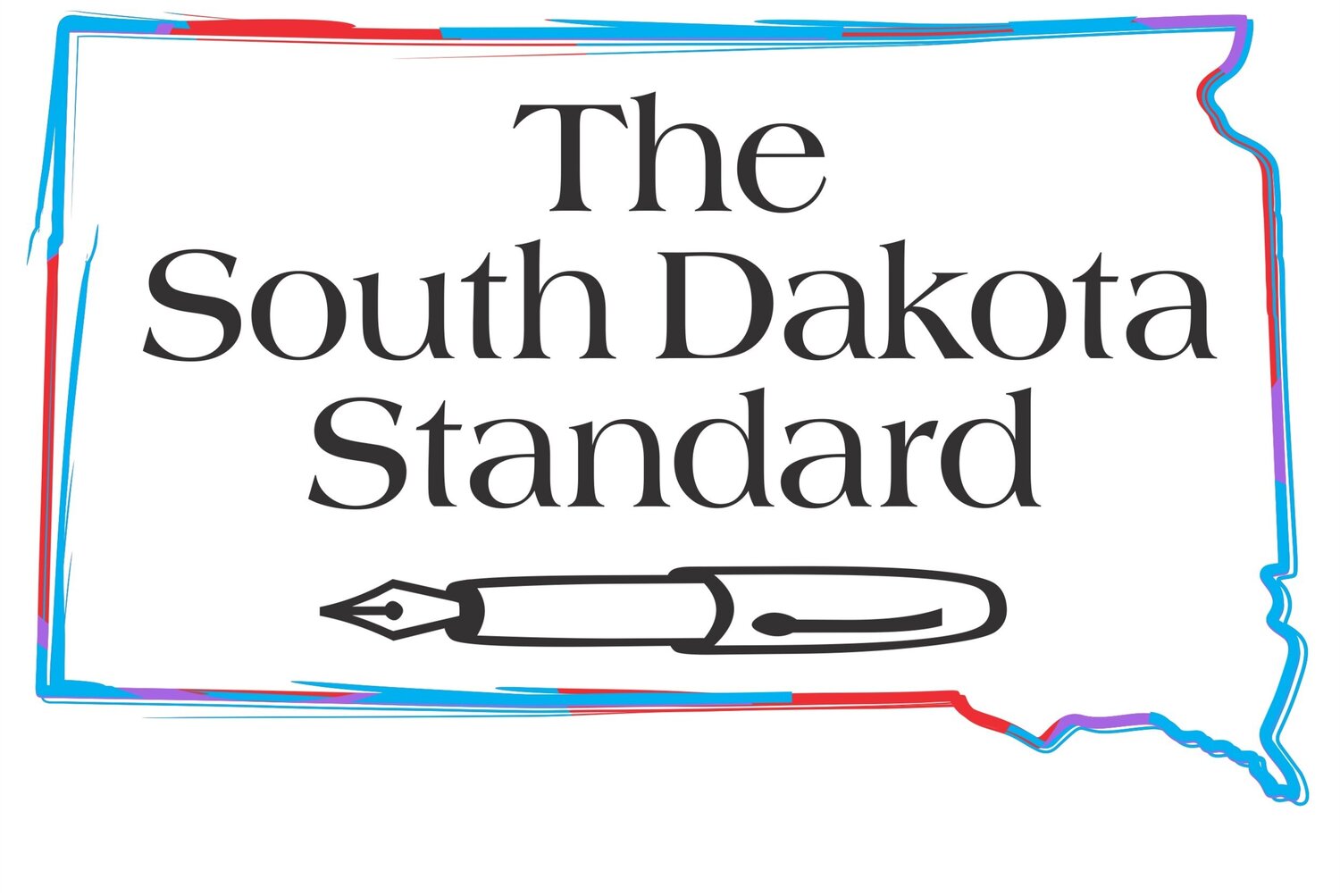We know about the gains in the stock market. What about the ag sector? It's much improved since Biden took over.
By now, we all pretty much know that despite then-president Trump’s warning in November, 2020, that the stock market will crash if Biden is elected, the stock market has gained steadily but surely since Biden won. The Dow Jones Industrial Average has gone up about 30% during the interim.
On another financial front, of particular relevance here in South Dakota (site of the S.D. farm pictured above in a public domain photo posted on wikimedia commons), farmland values and net farm income followed suit, with farmland values rising by about the same amount as the stock market during Biden’s tenure. Inflation had something to do with the increase in the value of ag land, of course, but those gains rose at a rate significantly faster than inflation, which was up about 20% during the same period.
Additionally, the comparison in terms of net farm income, going by a USDA graphic posted on Politico, is clear enough to make the point that American farmers have done much better during the course of Biden’s term than they did through four years of Trump. Farms.com notes that “under Biden, the average farm income has increased to $165 billion between 2021 and 2023, compared to an average of $94 billion during Trump's term from 2017 to 2019.”
How does that compare to increases during Donald Trump’s term? Not favorably for Trump. Farmland values barely budged during his term, while farmers have done much better during Biden’s tenure.
The reason for the contrast between the two administrations?
Think back to the devastation that occurred in the ag markets during Trump’s hopelessly misguided “trade war” with China, when commodity prices collapsed and many farmers had to depend on $28 billion in “mitigation payments” from the Trump administration to stay afloat. It should come as no surprise why farmland values stayed flat during those years.
Farm state voters should keep this in mind as we move forward toward the election and the mention of tariffs begins to surface.
Yes, I said the dreaded word “tariffs.” Why dreaded?
Because we already know they’re a flop when instituted by Trump.
Even though voters probably have a fairly clear and contrasting picture of the two candidates, I haven’t heard much in the campaign about trade policy and I doubt that the electorate is aware of Trump’s current rhetoric, which includes new tariffs. Reuters reports that Trump’s trade proposals “are seen by many economists as reigniting the inflation many blamed Biden for.” How? Because tariffs raise prices that consumers have to pay for imported goods.
It’s not that complicated.
Trump’s talk of tariffs should make everyone shudder, considering what his tariff-obsession did last time around. Our farmers saw their corn and soybean markets collapse, driven to multi-year lows when China retaliated by cutting imports of American farm goods.
There will always be volatility in commodity prices, of course. That’s in their nature, being subject to the whims of weather and supply/demand issues. In fact, commodity prices have been falling lately in a market-, not trade policy-driven selloff. In this biz, you learn to live with crazy markets and learn to be leery when politicians step into the picture. After trading and producing commodities here in South Dakota for nearly a decade I can say this much: one thing already volatile markets don’t need is an externality like trade wars to mess up everyone’s calculations.
And, as it turned out with the Trump tariffs, the mess-up wasn’t limited to the ag sector. In a comprehensive piece on the topic in 2022, Forbes magazine concluded, “Donald Trump’s tariffs and the trade war his administration launched against China turned out to be far more damaging than many believed” and that “consumers and the U.S. economy paid a heavy price for the Trump administration’s protectionist trade policies.”
Voters need to be wary of Trump’s protectionist inclinations, particularly here in South Dakota, where one of our most important industries, agriculture, is especially vulnerable to Trump’s impulse to raise tariffs.
John Tsitrian is a businessman and writer from the Black Hills. He was a weekly columnist for the Rapid City Journal for 20 years. His articles and commentary have also appeared in The Los Angeles Times, The Denver Post and The Omaha World-Herald. Tsitrian served in the Marines for three years (1966-69), including a 13-month tour of duty as a radioman in Vietnam. Reprint with permission.







